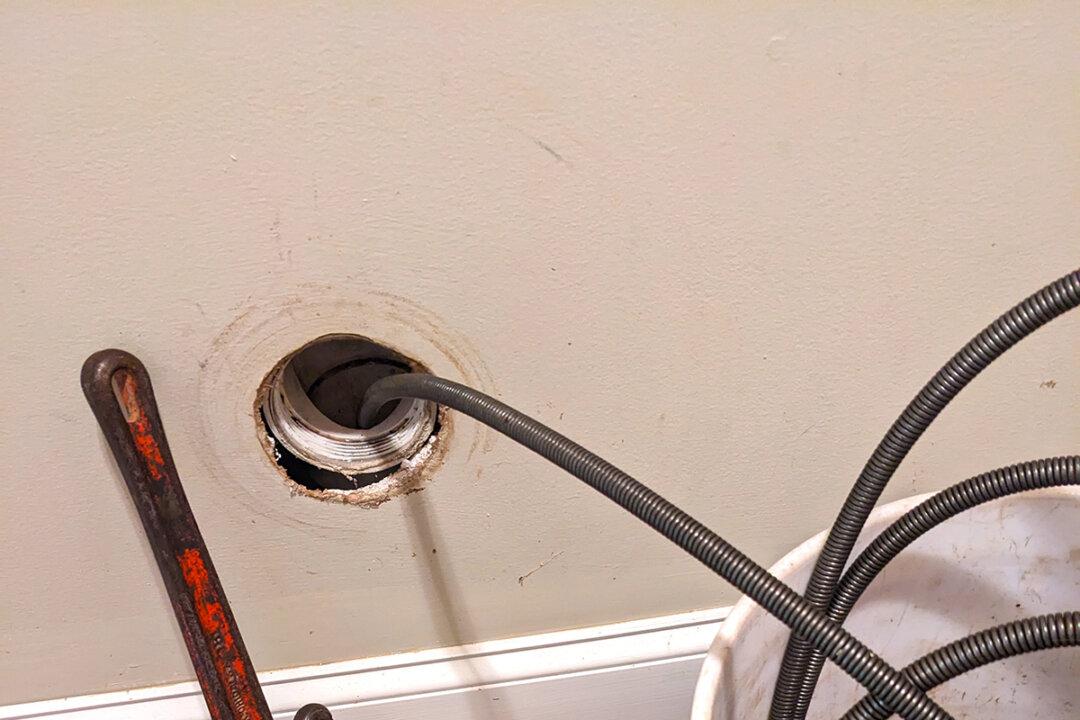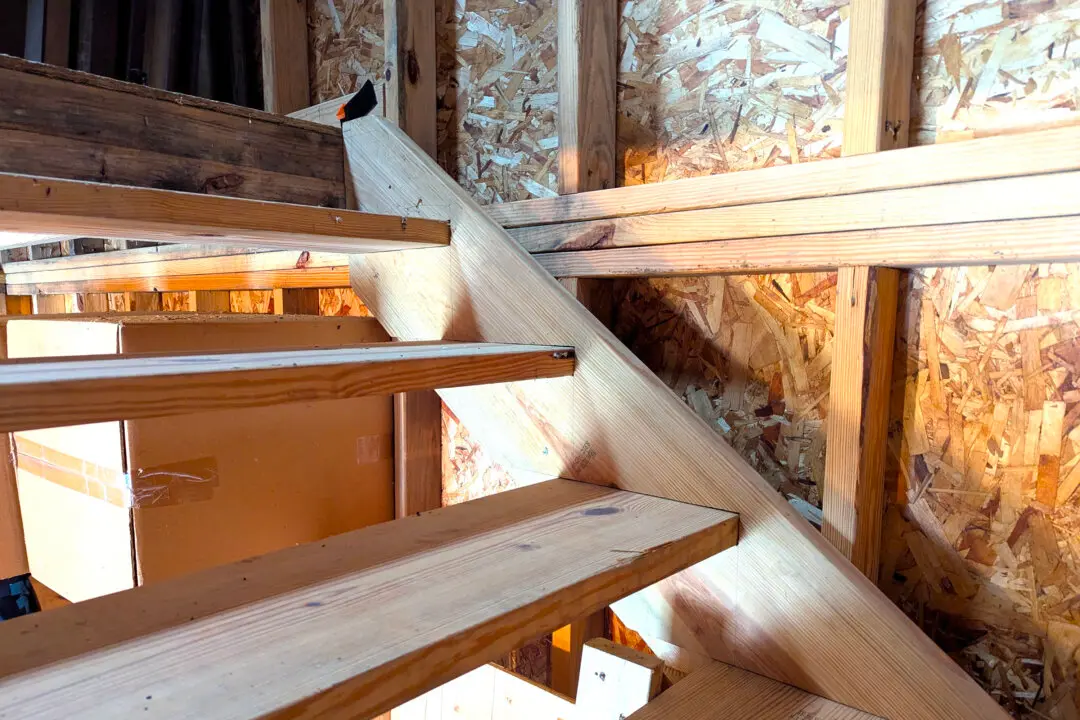I’ve been a master plumber for over four decades in addition to building and remodeling homes. I was attracted to plumbing because it’s a fascinating three-dimensional puzzle of interconnected drain, waste and vent pipes. Most are invisible behind the walls and ceilings in your home. I also love drawing riser diagrams that show all these pipes. You need one of these to obtain a plumbing permit. Reach out to me if you need me to draw your riser diagram.
Drain pipes of all sizes in your home can clog for many reasons. It’s vital the layout of the pipes have as few changes of direction as possible so the wastewater gets out of your home with minimal friction loss. One hopes your plumber installed the pipes with sufficient slope so the water and solids make it to the city sewer or your septic tank with no issues.





